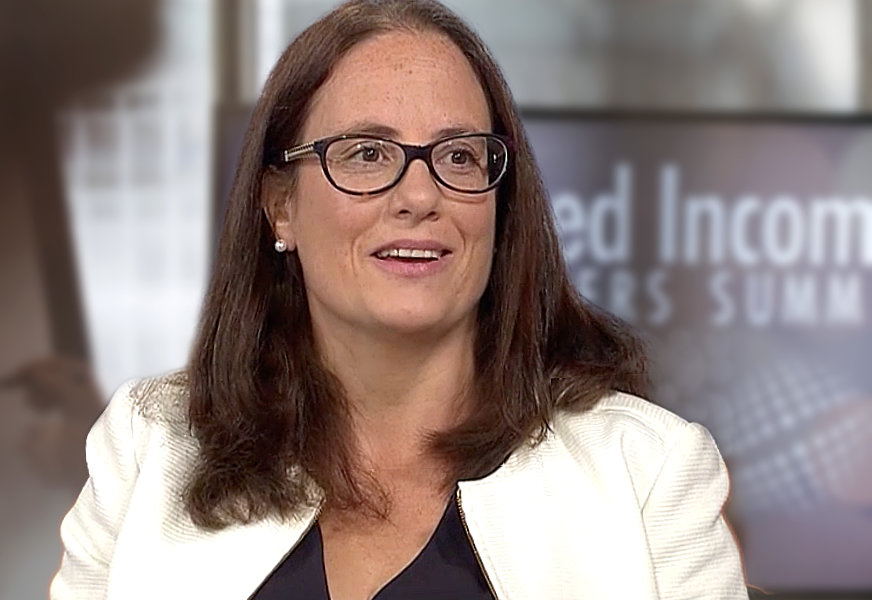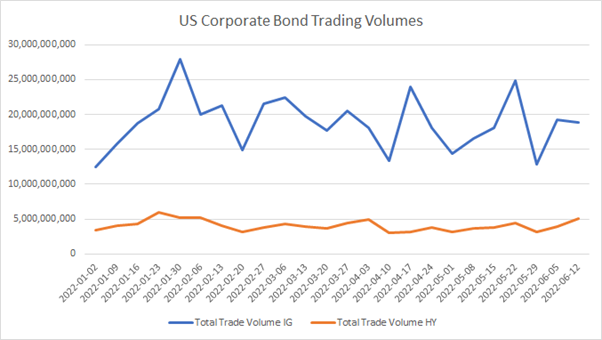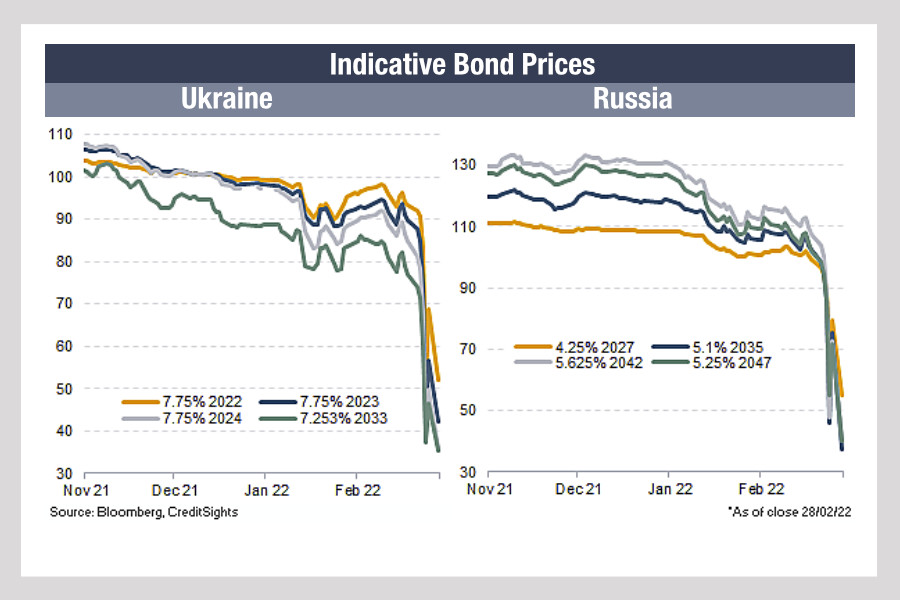Buy-side traders are still reporting “violent moves” in fixed income. In a liquidity crisis, investors are reliant on their asset managers’ traders to support the buying and selling of assets to reflect their redemption from, or investment in, funds.
“Electronic request-for-quote (eRFQ) is still really challenged in my opinion - even with multiple levels, markets are still really wide,” says one senior buy-side trader.
On 18 March 2020 the European Central Bank’s governing council launched a new temporary asset purchase programme of private and public sector securities, the pandemic emergency purchase programme (PEPP), counter the serious risks to the monetary policy transmission mechanism and the outlook for the euro area posed by the outbreak and escalating diffusion of the coronavirus, COVID-19.
This new PEPP has an overall envelope of €750 billion with purchases conducted until the end of 2020 and will include all the asset categories eligible under the existing asset purchase programme (APP). The governing council will terminate net asset purchases under PEPP once it judges that the coronavirus Covid-19 crisis phase is over, but in any case not before the end of the year.
“Now trading is super technical [looking for buy- sell- signals in the market], with some new issues being very strong, others are wide of re-offer,” says the head of trading at one fixed income specialist. “The corporate sector purchase programme (CSPP) and PEPP are a major factor [in the markets] now.”
Getting prices for single bonds has been difficult, with buy-side traders reporting that prices they saw on screen for electronic bond trading via request for quote (RFQ) in the week of 15 March 2020 were about 10% off the price those bonds actually traded, in both credit and rates. Having a central bank acting as a major buyer in the market has historically created distortions in liquidity and pricing, along with existing pricing gaps, created by dealers being unable to price risk in accurately to the prices they are publishing on screen.
“It’s in better shape, but that’s from a relative standpoint where prices onscreen were so off last week,” notes one head of trading for a fixed income house. “The screen is 50% better than it was before, but is still not a true reflection of where the trades clear in spread products. Real axes from dealers are the best chance of trading close to screens. In rates, prices are much more accurate than credit, but that’s standard.”
©The DESK 2020
TOP OF PAGE


























































































